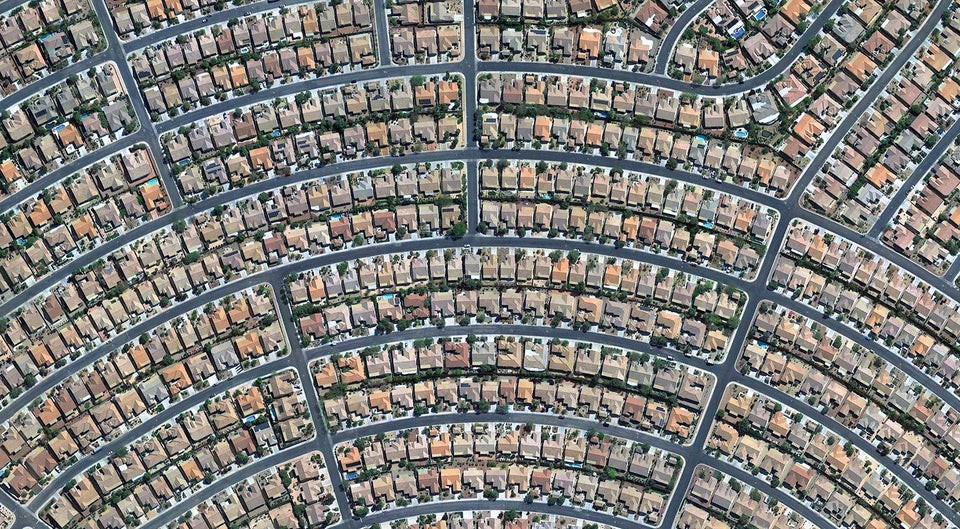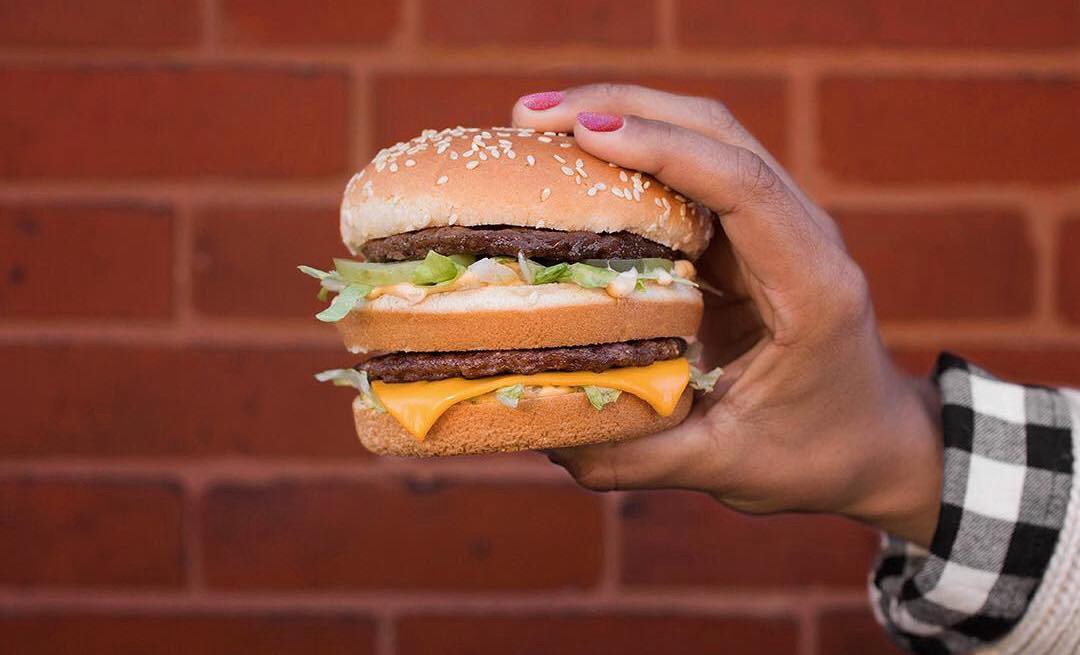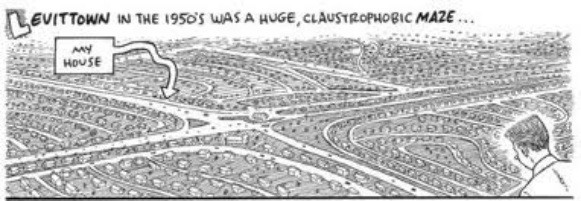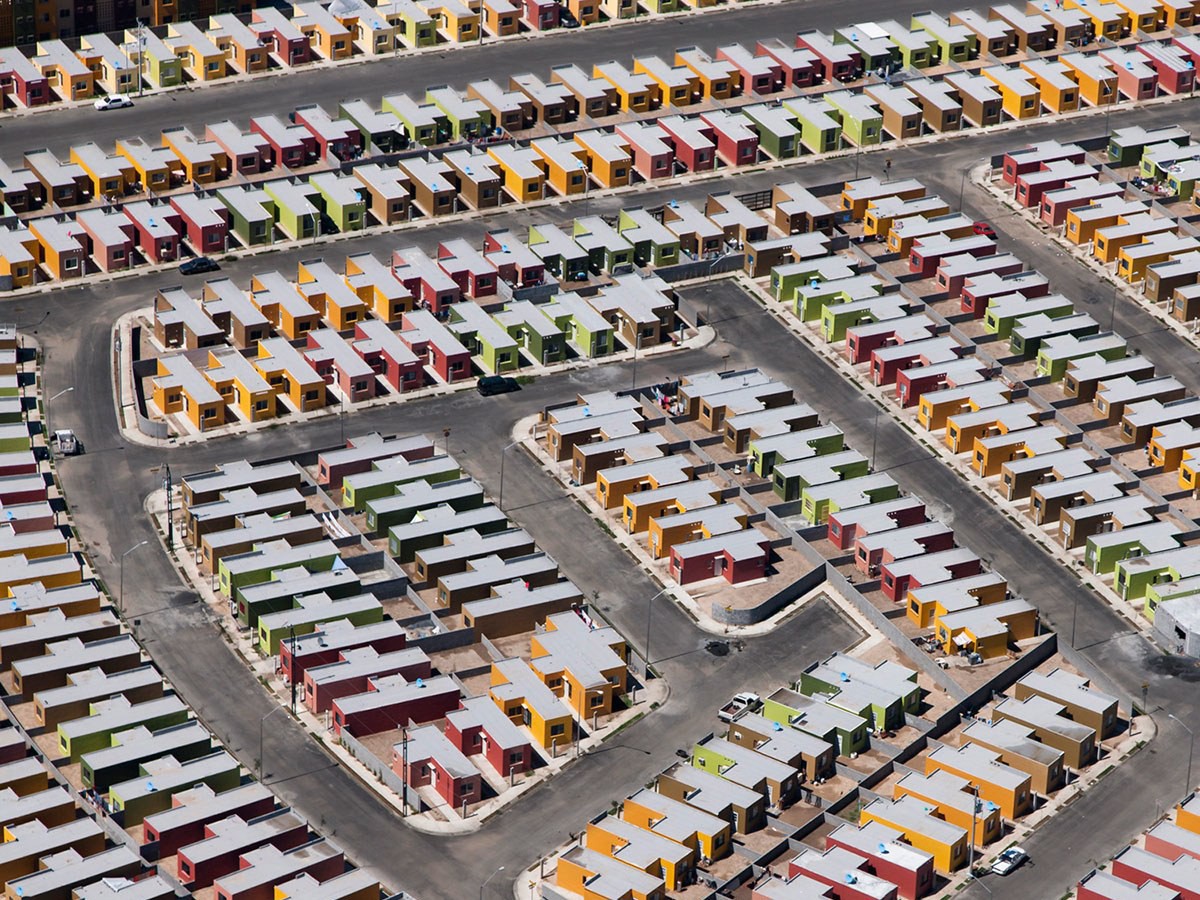When did the term ?cookie-cutter? home begin, and is it?s interest dwindling?
 Image of Tract housing in United States
Image of Tract housing in United States
?There are a lot of questions about whether architecture is art. The people who ask that think pretty tract houses are architecture. But that doesn?t hold up? ? Frank Gehry
In this article, I will talk about what cookie-cutter/tract housing is, how it began, that it?s interest is declining, and so much more. I absolutely think, at least in my opinion, many of the newer homes being built (especially in suburbs) are identical, but I?ve always wondered why?
 Toronto, Canada
Toronto, Canada
I live in a suburban area just outside of Toronto, Canada, and when, for whatever reason, my family and I need to pass the new housing developments, I get very furious. The developments are destroying the wildlife, however it?s not there fault, they need to make new homes (There are four births and two deaths each second of everyday), but at least make some good homes by putting some more care into them. So, at least in my life, I will absolutely never live in those cookie-cutter homes, never ever.
Given the fact that I?m talking specifically about suburbs, I?ll explain a bit about what they are. A suburb is a mixed-use or residential area, existing either as part of a city or urban area or as a separate residential community within commuting distance of a city. To understand some things I?ll be explaining, it may also be helpful to know how a housing development would play along in the suburbs. First, the developer buys a mountainous block of land and sub divides it into several lots, the builder builds usually 3?5 model homes and offers to build whatever model people pick on the most, etc. Once the development is done, the builder is off to the next subdivision because oftenly enough, many get built at the same time. So what you may find, is many houses in different areas of a city looking the same, and I?ve seen that several times. When most buyers like one model of a house, you get a lot of copies, but what would you call that, and is there even a term used for that?
Tract/cookie cutter housing
 Cookie cutter home
Cookie cutter home
Tract housing, also known in the United States and Canada as cookie-cutter housing, is a type of housing development in which multiple similar homes are built on a tract (area) of land that is subdivided into individual lots. There are a million reasons why we see this type of housing, and some make sense, however I don?t prefer it and I don?t agree on many of the reasons. The main motive is money & time. It?s substantially cheaper for the builder to have fewer models of houses to make, so he can buy more of the same item. Let?s say the builder is checking online for sinks. It?s cheaper to buy 100 of the exact same sinks than it is to buy 10 each of 10 different models of sinks. The same thing is true for light bulbs, paint, cabinets, flooring, a lot of things. Even when you & I go online, it is cheaper to purchase something in a bigger amount. About a year ago, I wanted to sell fidget spinners because it was the big thing, and that?s what I noticed. With tract housing, you need less time designing, less time building, less machinery or factory space to build things, less employee training, fewer types of materials, no additional permits/inspections/safety requirements for a variety of designs, declined amount of waste (everything comes in one package or a couple, less packaging overall), and a whole host of other things. Moreover, when there are more discounts for the building materials, it can even make the homeowner pay less for the home. That is a lot that I listed, and it?s not even everything.
McDonald?s & Tract housing Correlation
 McDonald?s Burger
McDonald?s Burger
When you buy a house in a new suburb area, it?s generally like buying lunch at McDonald?s. They make the burgers and you pick which one you want. You can buy a Big Mac instead of a McChicken, or add pickles and remove the ketchup, but they?re all basically only a few selections. Yes, there are other ways, but it?s more expensive and less convenient. McDonald?s doesn?t offer a different meal for each customer, and that is the same with tract housing (limited options, and you?re neighbor across the street may have the exact same home, not a very unique home I guess!).
New homes v.s Old homes
 Homes that you don?t see anymore
Homes that you don?t see anymore
When I think about old homes, I think in my head that they were all made with care, however that?s not true for all of them. Most old houses were made with lot?s of care and those are the ones that are still in good shape today and newer generations would want to buy that home. It used to be that individuals would buy a lot that was available, hire architects/builders and build their own house. On the other hand, there were some old homes that weren?t put with care and effort, and those seem to be in bad shape and nowadays, very few people want to buy those houses. By putting more care into producing homes, the homes seem to be more admired (even by newer generations), and sometimes can even last longer. Nowadays, the recent homes that are being built are often not made with care, however, some are. You can see that both old and new homes can either be put with more effort and uniqueness, or just be built in one day with absolutely no care.
How did cookie cutter/tract housing start?
With many things in the world, it wasn?t always that homes built (especially in suburban areas, were cookie cutter. It all began post-World War II for multiple reasons. Suddenly, there were millions of middle class families who now had stable employment so they wanted to try to live the American Dream (at least, partially). Another reason for the demand of housing was because of Baby Boom. A baby boom is a period marked by a significant increase of birth rate. It totally makes sense why there was a baby boom because during the wars, many people were dying (increased death rate, then after, people weren?t dying (increased birth rate), and most people don?t want to make babies during the war for many reasons. The baby could get killed, people were having trouble finding food so it would be hard to feed it, etc. Furthermore, all the middle class families were moving from dense cities to more quiet areas outside of town (suburbs). But why where the families leaving from dense cities to more quiet areas outside of town?
Why was there a flight of middle class families from dense cities to more quiet areas outside of town postwar?
First of all, a strong economy after World War II made the suburban lifestyle more accessible to many Americans. My guess is that a lot of people don?t like to live in densely populated areas, they want to be somewhere more relaxing, have more greenery/nature around, and live somewhere more quiet. The main reason why a lot of people live in populated areas is because that?s where a lot of jobs are located/opportunities. Housing hadn?t been built at all for a number of years because men were at war, so then there was a huge burst in the need for housing. Suburban growth had also been driven by other factors, such as race. Prior to the twentieth century, there had been a relatively small African American population in U.S. cities. However, the migration of African Americans from rural areas in early twentieth century to urban areas/cities brought a push for racially segregated housing areas. So with the movement of whites to areas around cities, policies of racially restrictive housing, resulted in high degrees of racial segregation. White flight.
Levittown
 Levittown
Levittown
What the United States needed was a ton of space for middle class families, and quickly. Levitt and Sons, a real estate investment and development company on Long Island in New York, bought a 6,000-acre land tract on an abandoned potato field. William Levitt (the ?Sons? part of the company) was also returning from the war and realized that small lots on big tracts could make a very nice neighborhood. In May 1947, Levitt and Sons announced that 2,000 affordable rentals would be built on the land. This project is considered the start of the middle-class suburban revolution in America. Also known as the first cookie-cutter neighborhood. After a couple days, the Levitt?s were building 30 houses a day. Additionally, this was one of those neighborhoods that had high degrees of racial segregation. When Levittown was built, it denied African Americans the opportunity to purchase any of the thousands of homes.
What?s happening now?
Every now and then you may see a residential area that incorporates some of newer designs with the old, and that?s becoming more popular. This type of design is called Traditional Neighborhood Design (TND). These are more of a mixed income area, and they focus more on the culture of a particular area, rather than mass produced bull****. One example of TND, is in Louisiana, and the real estate company (The PAR Homes), focuses on custom homes.
Tract/cookie cutter housing is slowly and gradually fading away because the types of homes that people want, is not that. This is an American cultural revolution.
 The Truman Show neighborhood
The Truman Show neighborhood
Something that may have helped encourage the decrease, is depictions of subdivisions in pop culture that highlighted the darker sides of life there, with it being a common setting in the late 90’s and early 2000?s movies/shows. For instance, the film ?The Truman Show?, portrayed a suburb constructed in 1998. I?ve watched the movie myself, and every couple minutes, I would tell myself that I would never want to live somewhere like that.
Young buyers aren?t demanding homes at the same rate as before (right after war). Millennials are putting off marriage all together, or having kids later, which changes the types of housing they want.
Many big developers have followed a trend, which is active-adult divisions focusing on affordable homes for active adults.
Closing Notes
There is so much more I could explain, however I tried to only write about some the most significant parts.
I definitely hope you?ve learned something, so why not tell someone you know about this.
Share this article with your friends if you like, and you can comment in the message box if you have some questions or something.
Remember that tract housing is still a big deal, and it needs to end, so lets all tell people, write about it, learn more, make videos, or even protest, whatever you want.
 Mexico?s Dystopian Housing Developnments
Mexico?s Dystopian Housing Developnments
Lastly, this type of housing isn?t only in suburban areas, you can even find it in cities, and it?s not only in America, it?s even reached places like Mexico.


